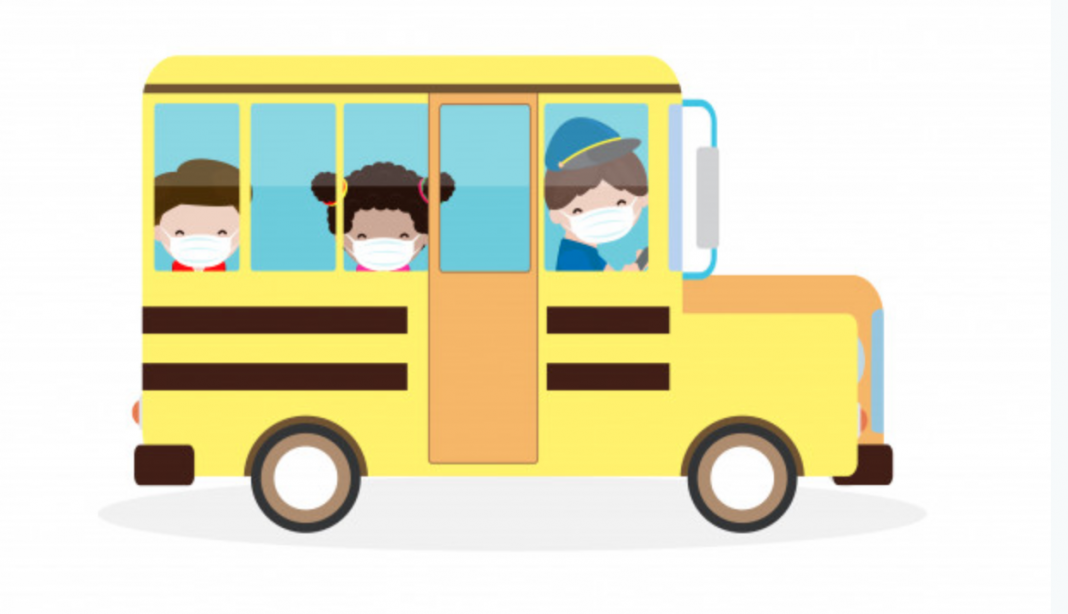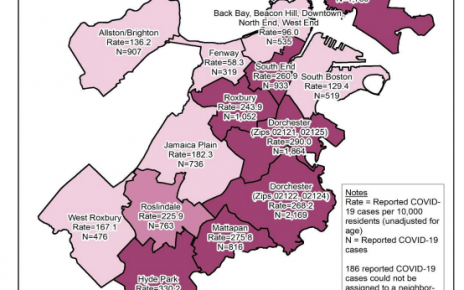What will going back to school look like this year? As August rolls around, children in grades K-12 wait to find out what returning to school in 2020 will entail. Because of COVID -19, there are more questions than answers regarding what is best for students, parents, and school communities. What is the best option? In-person, blended, or distance learning? What consequences will each of these models have for the overall population? There doesn’t seem to be clarity or agreement.

Last March, students found themselves abruptly cut off from the social interactions and routines they associated with learning. Since then, parents have struggled to find a balance between meeting professional responsibilities and schooling their children. Educators faced difficult decisions and few choices when providing meaningful learning opportunities for all students. Given that parents and educators are partners in supporting students, they must collaborate in making them feel safe as they return to learning.
Undeniably, the pandemic permeated the world with anxiety, and it did not spare students. Knowing that adults care about their emotional, physical, and psychological wellbeing is critical for them. Whether in-person or through remote instruction, parents and educators can positively impact how students perceive school at this time.
After not being in school for six months, they feel vulnerable and crave reassurance. Also, understanding that reconnecting with teachers and peers takes priority over academics makes the transition less unsettling. Students will be doing their work under unprecedented circumstances. Parents and educators must go beyond explaining the inevitable changes and challenges they will encounter. They must reassure younger children that they will be okay and will be academically ready to move onto the next grade. Similarly, adolescents will benefit from hearing that they will be able to graduate and further their education or pursue other endeavors. Public health officials and political leaders must work with educators and parents to reach the best possible decisions and establish the expectation that all students will learn in a physically and emotionally safe space.
Parenting has always been a multifaceted endeavor and COVID-19 made it more complex by adding numerous disruptions. Research shows that communication and positive rapport between teachers and parents enhance students’ overall wellbeing and academic growth. In a pandemic, they can also empower students to navigate the uncharted territory.
For parents working from home, schooling their children is no different from taking them to work every day. And no one does that because it is not tenable, and clearly, not fair to children. Even though giving in to frustration is understandable, especially when realizing that there is no light at the end of the tunnel and nothing illuminating the journey ahead, parents can still contribute to their children’s learning achievements. They can do this by acknowledging the commitment to education and students shared by administrators, classroom teachers, and school staff.
Teachers and parents are not united by stress or apprehension, instead they are by their dedication to children. The logistics of planning the return to school are complicated and become daunting when combined with deciphering the State and district requirements. Communities must remember that schools did not create this situation and that in March, the pandemic blindsided schools. The events in March did not throw teachers into remote teaching, but crisis teaching. The virus crushed their lesson plans and best practices, and they looked carefully through the remains and salvaged what they could, reshaped it, and used it to keep their students engaged.
Teaching and learning are symbiotic; they are sides of the same coin. Like other relational professions, educators’ work is both enhanced and supported by the personal connections they make with students. It’s important to note that the daily, in-person interactions with students are a significant component of the professional gratification that educators enjoy. Sharing a class joke, finding out individual students learning styles, or celebrating small and large learning achievements, for many, are the best part of their profession. Unfortunately, these fell victim to COVID-19. To achieve the same level of rapport and trust, educators need time and support from administrators, the Department of Elementary and Secondary Education (DESE), and elected officials.
Finally, one thing is clear: parents and teachers want what is best for students. They can work in concert to focus on their wellbeing, at least as much as they focus on academic excellence. Also, parents must hold on to the fact that schools are doing all they can to find the best solution for children. However, taking a leap of faith when it concerns children’s wellbeing goes against parents’ and educators’ instincts. By now, it is apparent that until we speak of COVID-19 in the past tense, knowing what are the best next steps in education remains challenging for all concerned.
Parents are the essential link between children and education professionals; thus, they have the power to help both to be resilient. Refraining from expecting perfection and criticizing educators is productive for all involved, especially for the students. When parents acknowledge children’s learning dilemmas caused by the pandemic and support them accordingly, they alleviate their worries or fears. Moreover, acknowledging and supporting their teachers’ professional judgment, good intentions, and efforts, empowers everyone who is returning to teaching and learning to do their best. It greatly benefits everyone involved, especially the students.
Iolanda Volpe recently retired from teaching at the high school level. She aspires to continue being a learner, observer, and interpreter of life. A former North End resident, she now resides in Charlestown.
NorthEndWaterfront.com welcomes commentaries on community issues via email to info@northendwaterfront.com. Opinions are those solely of the author and do not necessarily reflect those of NorthEndWaterfront.com or other writers on this site. Responses to this commentary can be posted below in the comment section.



